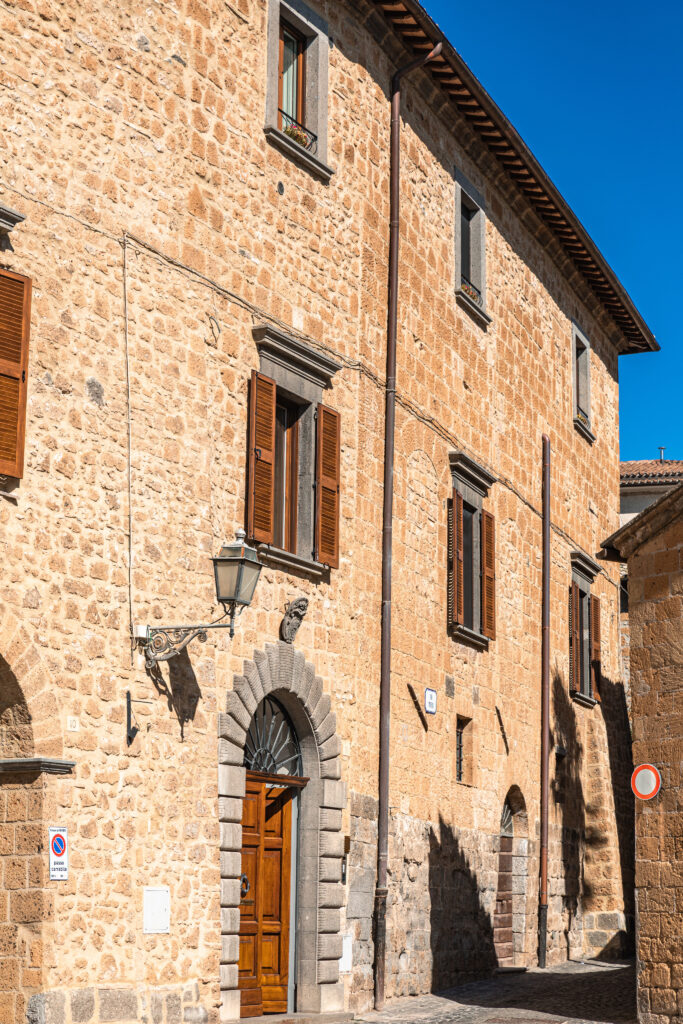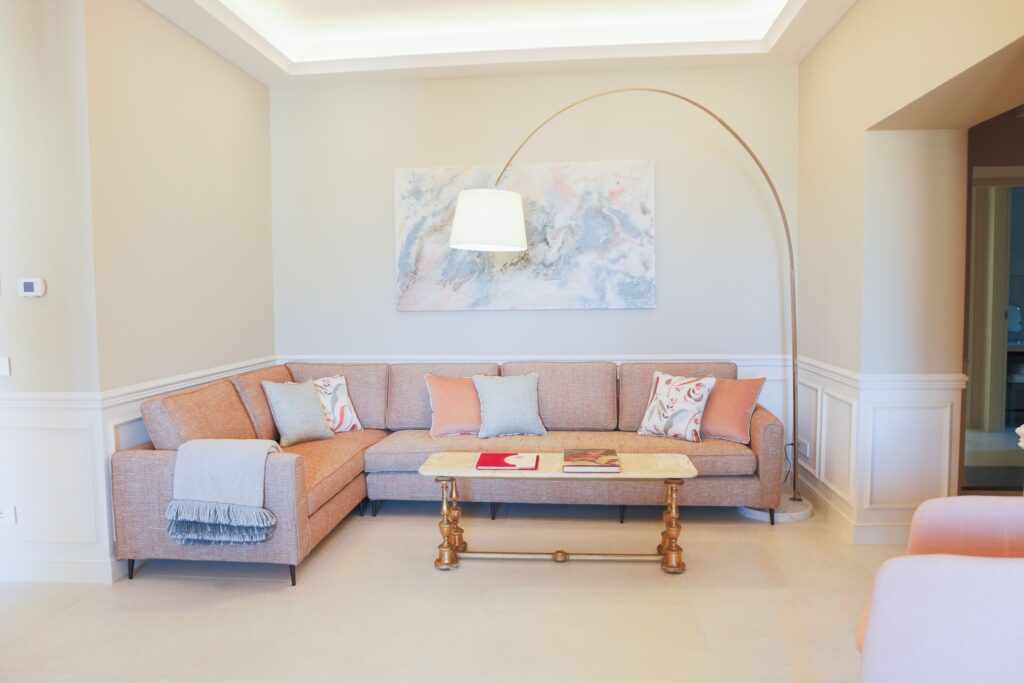Visitor Perspective, by Palazzo Misciattelli: #6, the Pozzo della Cava
In honour of the upcoming 2025 Jubilee, Palazzo Misciattelli is delighted to introduce a series of posts on all the sites included in the Orvieto Carta Unica, from the visitor’s perspective!

#6, the Pozzo della Cava
Exploring the Pozzo della Cava: A Marvel of Engineering and History in Orvieto
Hidden beneath the charming town of Orvieto lies an extraordinary feat of engineering and an intriguing piece of the town’s history the Pozzo della Cava or “Well of the Quarry”. This lesser-known attraction offers a unique glimpse into the ingenuity of ancient engineering and the daily life of Orvieto’s past inhabitants. For travelers seeking to delve into the hidden depths of this historic town, the Pozzo della Cava is a must-visit destination.
Historical Background
The Pozzo della Cava was constructed in the 16th century as part of Orvieto’s efforts to improve its water supply. The town’s location on a volcanic plateau made access to water a significant challenge, and the well was designed to address this issue. Its construction was an ambitious project, reflecting the community’s determination to overcome the geographical challenges and ensure a reliable source of water.
The well was built to access underground aquifers and provide water for both daily use and during times of siege. Its impressive design and engineering showcase the advanced techniques employed by the builders to overcome the challenges posed by the town’s terrain.
The Courtyard and Other Spaces
The visit to the archaeological site of Pozzo della Cave concludes with the lush courtyard nestled between the tuff walls of the medieval quarter. From here you can enter the gift shop, cafe, and restaurant on-site. While many Italian museums and monuments have had to shrink their exhibition spaces to equip themselves with activities for visitors such as bars and bookstores, Pozzo della Cava found themselves having to face the opposite, making room for the tour of the underground caves by reducing the historic family restaurant. La Bottega del Pozzo offers the typical products of Orvieto whether they are food, wine, or craft.
Visiting the Pozzo della Cava: Tips to Enhance Your Visit
Location: The Pozzo della Cava is located in the historic center of Orvieto, roughly a 8-12 minute walk from Palazzo Misciatteli.
Opening Hours: The site is closed on Monday, but open Tuesday through Sunday from 10:00 to 20:00.
Admission: There is an entrance fee of € 4,00 to visit the Pozzo della Cava. Tickets can be purchased on-site, and combined tickets for other local attractions may also be available.
Accessibility: The main archaeological findings are provided with explanations in Italian, English, French, German, and Spanish, and at the entrance, summaries are also available in Japanese, Dutch, and Russian

Palazzo Misciattelli is a small boutique hotel, an urban haven of contemporary luxury and ancient tradition, your exclusive retreat nestled atop the glorious clifftop city of Orvieto. All sites on the Carta Unica ticket are reachable within a 5-15 minute walk from the Palazzo.
Located halfway between Florence and Rome, the luxury residences are the perfect base for exploring Umbria, Tuscany, and the surrounding Unesco countryside.
Minutes by foot from the breathtaking Duomo and city center, the Palazzo is still privately owned by an ancient aristocratic Italian family. The four-story Palazzo spans 3000 years of history with visible Renaissance and Medieval elements atop Etruscan foundations.
Each luxury residence features opulent decor, sumptuous furnishings, and private living and dining areas. Boasting private gardens and terraces with glorious views, the Palazzo offers a sauna, plunge pool/jacuzzi, fitness room, roof terrace, and elevator. Guests have special privileges at the owner’s countryside properties where they can visit truffle forests, vineyards, and olive groves.

The Carta Unica is a visitor ticket available for purchase online or in the ticket offices of Orvieto, granting access to many important sites in the city. Very few people are able to see all of the sites it offers in a stay of 3-4 days. Can you?
